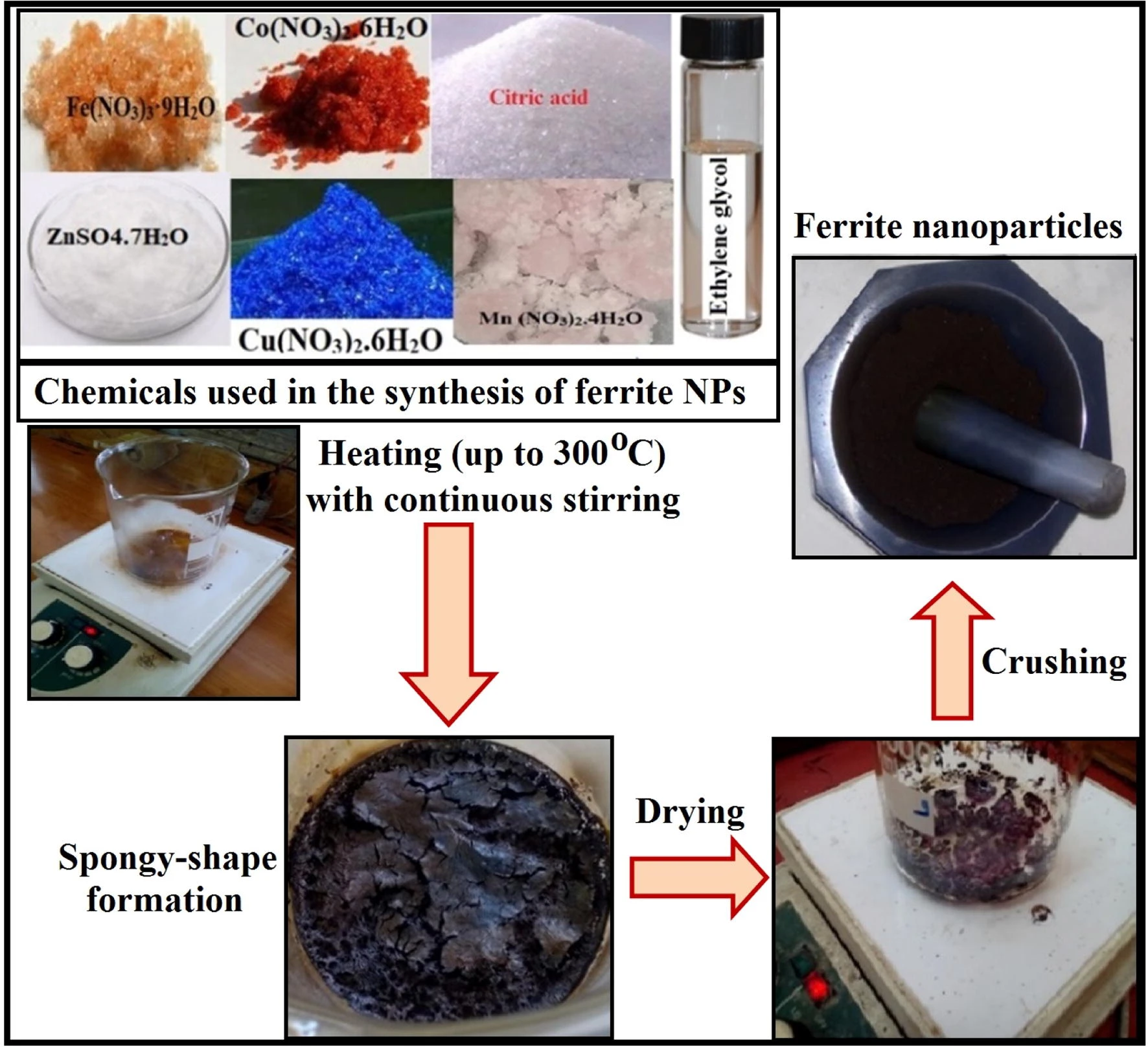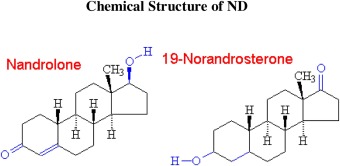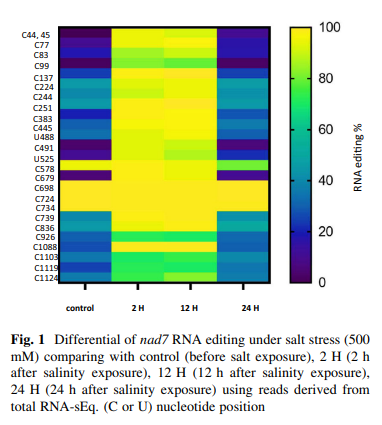
Controllable synthesis of Co1−x MxFe2O4 nanoparticles (M = Zn, Cu, and Mn; x = 0.0 and 0.5) by cost-effective sol–gel approach: analysis of structure, elastic, thermal, and magnetic properties
Substitutions of cations were considered to be the main way for improving the performance of ferrite nanocrystalline structures. In this paper, non-magnetic and magnetic ions were conducted to substitute cobalt spinel ferrite nanoparticles CoFe2O4 NPs (CFO NPs). The studied Co1−xMxFe2O4; M = Zn, Cu, and Mn; x = 0.00, and 0.50) samples were synthesized through a cost-effective sol–gel technique. The outstanding properties of the samples are addressed using XRD, FTIR, the inductively coupled plasma optical emission spectrometer (ICP-OES), Raman analyses, HR-TEM, BET surface area analyzer, the energy-dispersive X-ray analysis spectra (EDX), and vibrating sample magnetometer (VSM). The Rietveld analysis and FTIR spectroscopic measurements revealed the successful synthesis of the cubic spinel phase. HR-TEM images reveal that the particles of all samples had spherical shape in the nanometer range. Moreover, the synthesized ZCFO NPs has the highest specific surface area of 26.87 m2/g than other samples. Interestingly, the determined Debye temperature from both elastic and infrared data was in a good conformity with each other. Finally, the values of saturation magnetization (Ms) increased from 39.128 emu/g for CCFO NPs to 68.419 emu/g for CFO NPs. The observed coercive field increased from 213.93 G for ZCFO NPs sample to 1914.85 G for CCFO NPs. © 2020, Springer Science+Business Media, LLC, part of Springer Nature.



